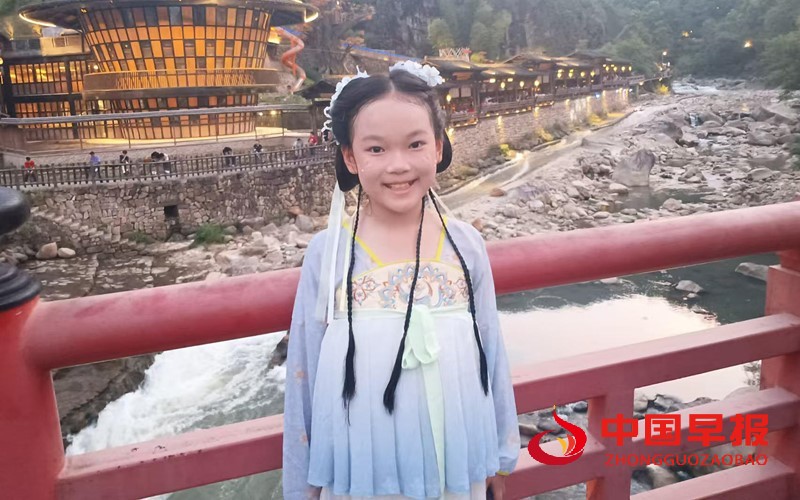最热新闻


查看手机网站
宁波诺丁汉大学灯塔研究院:赴科研盛会 亮相2024大湾区科学论坛
中国早报广东讯(记者 陆丽萍 张兆伟)11月16日至18日,2024大湾区科学论坛在粤港澳三地同步举行。本次论坛以“开放科学,勇立潮头”为主题,吸引了全球超100位顶尖学者如诺贝尔奖获得者、菲尔兹奖获得者、国内外知名院士等共同探讨前沿话题。
作为宁波诺丁汉大学(以下简称“宁诺”)科研的重要组成部分,诺丁汉大学卓越灯塔计划(宁波)创新研究院(以下简称“灯塔研究院”)受邀参与本届论坛,并展示了其智能制造、绿色化工、生命健康三大领域的前沿科研进展,围绕无稀土电机控制系统方案、3D打印、储能与新能源、废物资源化、可穿戴医疗设备等技术创新,展现“灯塔智慧”。
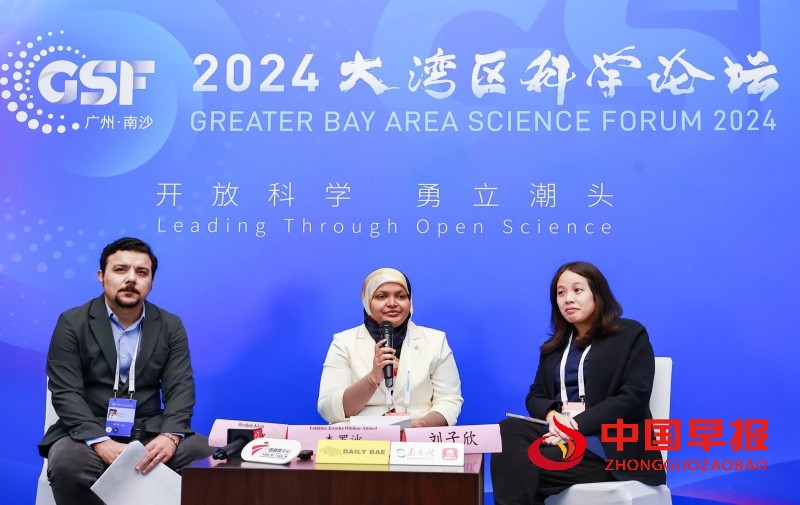
从左至右: 1. 宁波诺丁汉大学灯塔研究院可再生能源与储能助理教授、全球前2%顶尖科学家Ibrahim Khan; 2. 宁波诺丁汉大学灯塔研究院绿色化学工艺与过程强化助理教授Fathima Jerosha Ifthikar Ahmed; 3. 宁波诺丁汉大学灯塔研究院生命健康助理教授、全球前2%顶尖科学家Sze Shin Low
降本增效的智造方案:无稀土电机与3D打印
当前,新材料、新技术赋能制造业转型升级。在工业上,稀土永磁同步电机因其高效、节能、体积小等特点,在航空航天、电动汽车、风力发电等领域提供了强劲的动力支持。然而,稀土作为永磁同步电机的重要材料,因其价格高、资源分配不均匀导致电机成本高、供应不稳定等问题。针对这一挑战,灯塔研究院助理教授王硕展示了一套超高效无稀土永磁电机,为电机行业提供了降本增效的新思路。
王硕博士介绍道,“这套新研发的电机选用铁氧体磁片代替稀土永磁,在成本、性能和效率上有着明显优势。具体而言,铁氧体磁片的材料成本仅为稀土永磁的1/10,大大降低了电机的整体价格。在性能方面,铁氧体磁片有良好的磁桥磁障结构,有更高的功率因数和效率,能将电能更加有效地转化为机械能,减少能源损耗。”王硕博士认为,未来,减少对稀土的依赖将会成为电机行业发展趋势之一。
此外,仿真技术也为增材制造行业带来降本增效的新机遇。灯塔研究院增材制造助理教授聂毅、何寅峰展示了一批采用先进仿真驱动结构材料设计的3D打印成果,这批展品结构精细,性能优异,在航空航天、能源、生物医疗等领域有广泛应用前景。
聂毅博士提到,仿真技术通过虚拟建模,有效预演了极端和复杂环境下的成形机理,大幅减少了实体打印的调试需求,显著降低了工业生产成本。而结构材料设计则突破了传统实心结构的局限,优化了减重、减震、降噪和散热性能。此外,聂毅博士正利用仿真模型进一步优化3D打印配方,以提升工业应用的效率,助力新质生产力的创新发展。
无废城市下的创新:废物制氢与以废治废
众所周知,氢能作为可代替化石燃料的可再生能源,对推动全球能源转型至关重要。灯塔研究院可再生能源与储能助理教授、全球前2%顶尖科学家Ibrahim Khan, 在活动期间展现了他利用废弃物生产氢气的研究。Ibrahim Khan博士指出,“传统的生产氢气方式如电化学法、热分解法成本高,耗能大,一定程度上限制了其在工业上的应用。”
针对这一挑战,他的研究聚焦生物废料,尤其是厨余垃圾,利用废弃物开发了一种高耐久性的新型碳基光催化剂。通过使用这种催化剂,我们不仅能够通过水分解和光重整技术生产氢气,还能将废弃物转化为有价值的低分子化学品。这一过程不仅促进了废弃物的资源化利用,还通过零排放制氢的方式,为碳中和做出重要贡献。
“光重整技术具备分散式生产的独特优势。该技术通过在当地直接利用废弃物进行氢气生产,有效避免了长途运输和大规模基础设施建设所带来的额外成本。”Ibrahim Khan博士解释道。
致力于废物资源化研究的Fathima Jerosha Ifthikar Ahmed博士,分享了城市垃圾变废为宝的科学洞见。她介绍道:“我们尝试把城市中常见的污泥、厨余垃圾、木材废物等这类城市垃圾转化为吸附剂、催化剂等有价值的材料。这些材料在去除废水中的重金属、抗生素等新型污染物方面展示出了巨大潜力。”
据了解,这项研究目前已在试点工厂试验,实用性和成本效益均得到验证,有望为城市垃圾的资源化利用提供新思路。此外,随着电子废弃物的快速增长,Fathima Jerosha Ifthikar Ahmed博士也将研究扩展到这一领域,积极探索这类电子垃圾的资源化处理方式,推动循环经济的发展。

活动现场成果展示(部分)
医疗智能化创新:新型智能传感敷料
在全球医疗行业智能化升级与创新的浪潮中,灯塔研究院生命健康领域助理教授、全球前2%顶尖科学家Sze Shin Low通过开发智能传感系统,积极应对慢性疾病带来的健康挑战。
Sze Shin Low博士介绍道:“我们实验室研发的新型Janus膜敷料,打破了传统敷料的局限性,不仅提升了抗菌性能,优化了伤口渗出液管理。更重要的是,它融入了智能传感系统,将芯片安置在敷料中,并可以连接到智能设备上,从而对伤口进行实时、连续和精确的监测。”
这一创新不仅极大地改善了患者的生活质量与治疗体验,也为医护人员提供了更加便捷、高效的病情分析工具,助力他们做出更精准的决策。
大湾区科学论坛于18日圆满落幕。展望未来,灯塔研究院将继续充分发挥宁波诺丁汉大学卓越的学术网络和科研资源优势,以全球视野聚焦科技创新,赋能产业转型升级。
CBI research outcome presented at the Greater Bay Area Science Forum
From 16 to 18 November, the 2024 Greater Bay Area Science Forum was held simultaneously in Guangdong, Hong Kong and Macao. Themed on "Leading through Open Science ", the forum attracted over 100 top scholars from the world, including Nobel Prize winners, Fields Medal winners, and renowned academicians from both domestic and international backgrounds, to collaboratively explore cutting-edge topics.
As an important part of research at the University of Nottingham Ningbo China (UNNC), the Nottingham Ningbo China Beacons of Excellence Research and Innovation Institute (referred to as "the China Beacons Institute") was invited to attend to the forum. The China Beacons Institute demonstrated its cutting-edge scientific research progress in Intelligent Manufacturing, Green Chemicals and Energy and Life Science and Healthcare, and presented its ‘Beacons Wisdom’ in technological innovations including rare-earth-less motor control system solutions, 3D printing, energy storage and new energy, waste recycling, and wearable medical devices.
Intelligent manufacturing solutions for cost reduction and efficiency: rare-earth-less motor and 3D printing
Currently, new materials and technologies empower the transformation and upgrading of the manufacturing industry. In industry field, the rare earth permanent magnet-assisted synchronous motors, with features of high efficiency, energy saving and small size, provide strong power support in aerospace, electric vehicles, wind power generation and other fields.
However, rare earth, as an important material for permanent magnet-assisted synchronous motors, making motors costly and unstable in supply since its high price and uneven resource distribution. To tackle this challenge, Dr Shuo Wang, Assistant Professor at the China Beacons Institute, demonstrated a set of ultra-efficient rare-earth-less motor permanent magnet-assistant motors, which provides the motor industry with new ideas to reduce costs and increase efficiency.
Dr Shuo Wang explains, “This newly developed motor uses ferrite magnetic sheets instead of rare earth permanent magnets, which has obvious advantages in terms of cost, performance and efficiency. Specifically, the material cost of ferrite magnets is only 1/10 of rare earth permanent magnets, which greatly reduces the overall price of the motor. In terms of performance, ferrite magnetic sheet has a good barriers and ribs optimised rotor designs with higher power factor and efficiency, which make a more effective conversion of electrical energy into mechanical energy, reducing energy loss.” Dr Wang Shuo believes that reducing the dependence on rare earth will become one of the development trends in the motor industry in the future.
In addition, simulation technology also brings new opportunities for the additive manufacturing industry to reduce costs and increase efficiency. Dr Yi Nie and Dr Yinfeng He, Assistant Professors in Intelligent Manufacturing at the China Beacons Institute, demonstrated a batch of 3D printing results using advanced simulation-driven structural material design, which have fine structure and excellent performance, and have a wide range of prospects for application in aerospace, energy, and biomedical fields.
Dr Yi Nie mentioned that the use of simulation technology effectively previews the forming mechanism under extreme and complex environments through virtual modelling, which significantly reduces the debugging requirements for physical printing and industrial production costs. The design of structural materials, on the other hand, breaks through the limitations of traditional solid structures and optimises damping, noise reduction and heat dissipation performance. In addition, Dr Yi Nie is using the simulation model to further optimise 3D printing formulations to enhance the efficiency of industrial applications and help the innovative development of new productive force.
Innovation in the Waste-Free city: Hydrogen from waste and waste control by waste
Hydrogen is recognised as a crucial element in facilitating the global energy transition, serving as a renewable energy source that can substitute for fossil fuels. Dr Ibrahim Khan, as the Assistant Professor in Renewable Energy and Energy Storage at the China Beacons Institute and one of the “World’s Top 2% Scientists”, presented his research on hydrogen production from waste during the event. Dr Ibrahim Khan said, “Conventional methods of hydrogen production, such as electrochemical and thermal splitting, are expensive and energy-intensive, which to some extent restricts their industrial applications.”
To address this challenge, his research has centred on utilisation of wastes such as biomass (particularly food wastes) to develop highly durable and novel carbon-based electro-photocatalysts to transform water and plastics into more useful products such as green hydrogen and low molecular weight chemicals by water splitting and photoreforming techniques. These processes allow for the efficient utilisation of cheaper and abundantly available feedstocks such as water and biowastes, and also considerably contribute to carbon neutrality and environmental sustainability through a zero-emission hydrogen fuel production.
“In particular, photoreforming technology holds the advantage of decentralised production. By directly extracting hydrogen from local waste, this technology effectively eliminates the additional costs associated with long-distance transportation and extensive infrastructure development,” Dr Ibrahim Khan explained.
Dr Fathima Jerosha Ifthikar Ahmed, who worked on waste resourcing, shared her views on turning municipal waste into value. She explained: “We try to convert such municipal wastes like sludge, food waste, wood waste and other wastes commonly found in cities into valuable materials like adsorbents and catalysts. These materials show great potential in removing heavy metal ions, antibiotics and other emerging pollutants from wastewater.”
It is understood that this research, which is now being tested in pilot plants, has been validated for its practicality and cost-effectiveness, and is expected to provide new ideas for the resourceful use of municipal waste. In addition, with the rapid growth of electronic waste, Dr Fathima Jerosha Ifthikar Ahmed has also extended her research into this area, actively exploring ways to resource this type of electronic waste to promote the development of a circular economy.
Intelligent innovation in medical field: new smart sensing dressing
Amidst the wave of intelligent upgrades and innovations in the global healthcare industry, Dr Sze Shin Low, Assistant Professor in Life Science and Healthcare at the China Beacons Institute and one of “the World's Top 2% Scientists”, has developed a smart sensing system in order to proactively address the health challenges posed by chronic diseases.
Dr Sze Shin Low explained, “The new Janus membrane dressing developed in our lab breaks the limitations of traditional dressings by improving antimicrobial properties and wound exudate management. What's more, it incorporates a smart sensing system with a chip housed in the dressing that can be connected to a smart device for real-time, continuous and precise wound monitoring.”
This innovation not only greatly improves patients' quality of life and treatment experience, but also provides medical workers with a more convenient and efficient tool for analysing patients’ conditions, helping them to make more accurate decisions.
Greater Bay Area Science Forum came to a successful end on 18th November. Looking ahead, the China Beacons Institute will continue to take advantage of the excellent academic network and scientific research resource of the UNNC, focusing on scientific and technological innovation with a global vision and empowering industrial transformation and upgrading.
值班总编:邱天
相关推荐

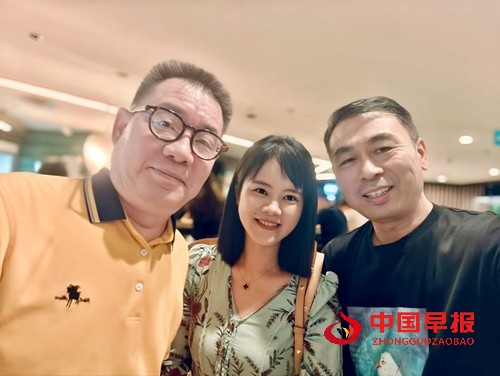
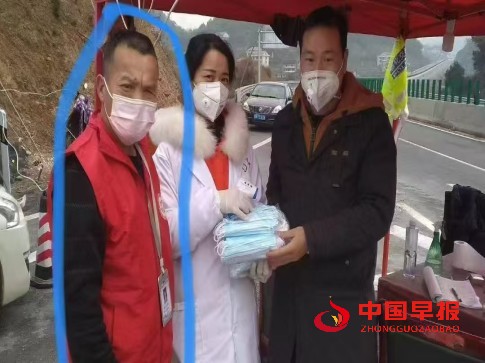
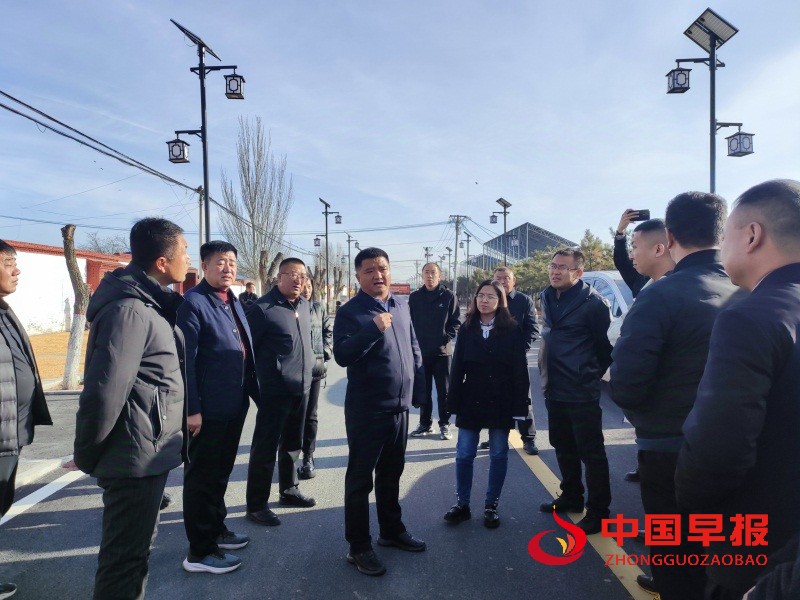
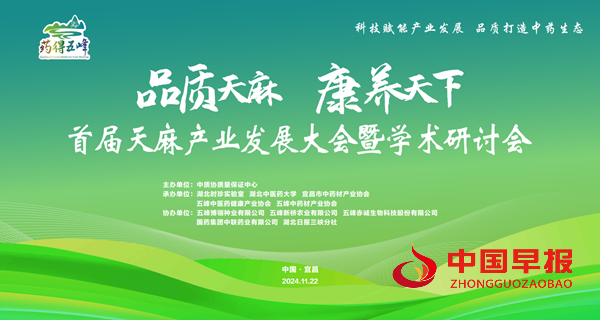

 投稿邮箱
投稿邮箱
 联系电话
联系电话
 当前位置:
当前位置: